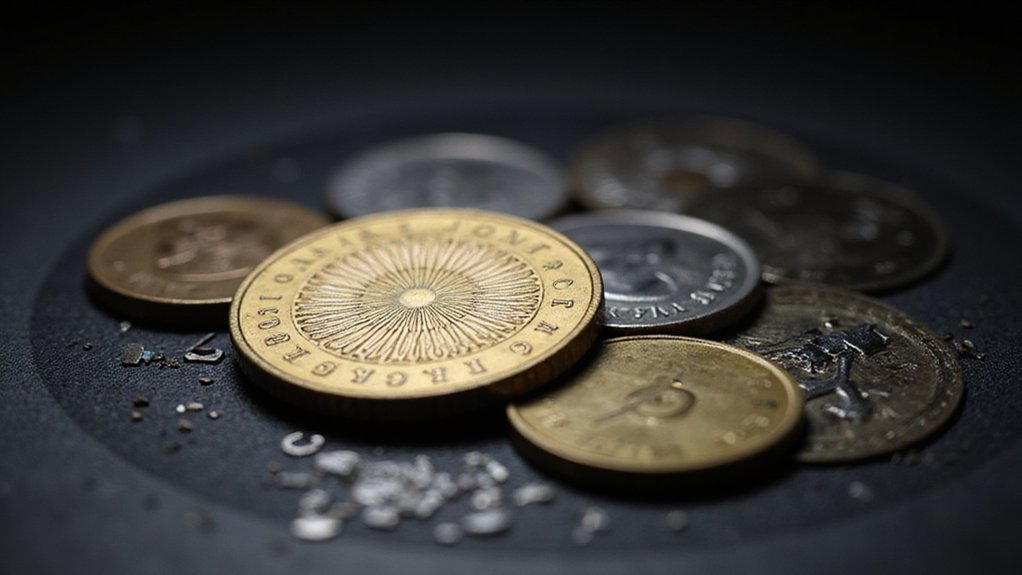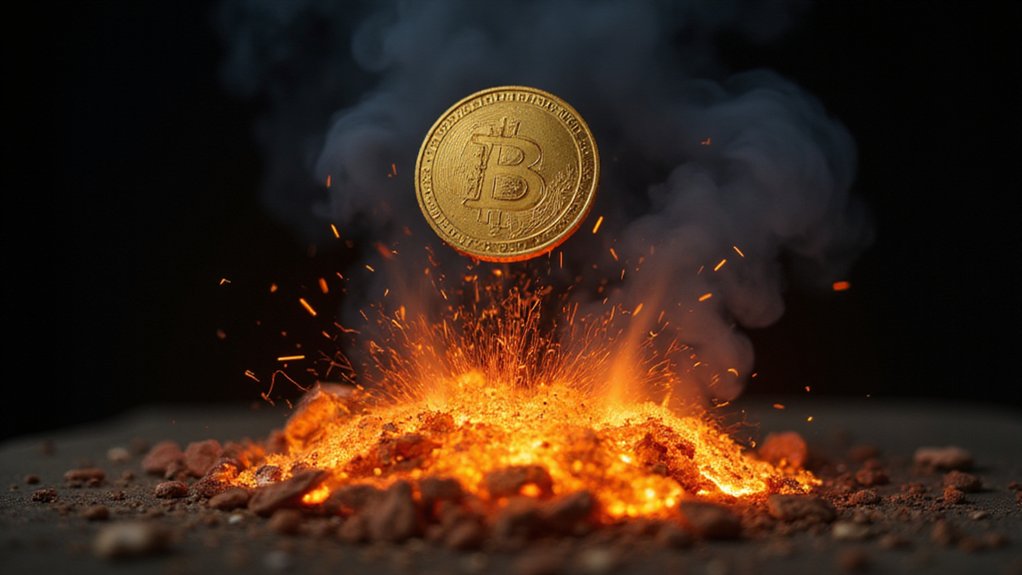The stablecoin sector’s latest spectacle unfolded with remarkable velocity this week, as Plasma—a project dedicated to maintaining digital asset price stability—managed to secure $500 million in funding through what can only be described as a breathtakingly efficient capital raise.
The entire affair concluded in under an hour, which raises the fascinating question of whether modern finance has finally achieved the velocity of a high-frequency trading algorithm or if investors have simply developed an acute case of FOMO-induced decision paralysis.
The lightning-speed capital raise begs whether we’ve perfected financial velocity or succumbed to investment impulsiveness.
Operating through the Sonar platform, Plasma’s token sale commenced at 9:00 a.m. ET with contributors depositing stablecoins into designated vaults in exchange for early participation rights.
The mechanics proved surprisingly straightforward: exchange existing stablecoins for preferential access to Plasma’s future offerings, a strategy that demonstrates both the practical utility of stablecoins as investment vehicles and their growing acceptance as legitimate financial instruments. This approach highlights stablecoins’ role as a parking space for investors seeking to temporarily shift away from more volatile cryptocurrencies during market fluctuations.
Within a mere 48 minutes, over 1,100 contributors had collectively filled Plasma’s stablecoin vault with the targeted $500 million—a timeline that makes traditional venture capital fundraising appear glacially slow by comparison. The contributor diversity was notable, with an average deposit size of $35,000 demonstrating meaningful participation across a broad investor base.
The sale’s oversubscribed status suggests that demand substantially exceeded supply, creating what economists might charitably describe as “market enthusiasm” and what skeptics might term “speculative fervor.”
This fundraising success arrives amid broader stablecoin market momentum, following notable developments such as Circle’s IPO, which has legitimized the sector in traditional financial circles. Plasma operates as a Layer 1 blockchain specifically optimized for stablecoin transactions, with backing from Tether, the issuer of USDT stablecoin.
Plasma’s achievement underscores the increasingly competitive landscape where stablecoin projects compete not merely on technological merit but on their ability to capture investor attention within impossibly narrow timeframes.
The Sonar platform’s role proved instrumental, facilitating seamless transactions while demonstrating the infrastructure capabilities necessary for high-velocity token sales.
The platform’s efficiency in processing such substantial volumes within minutes reflects the maturation of blockchain-based fundraising mechanisms, even as it raises questions about due diligence timeframes in an era of split-second investment decisions.
Plasma’s successful raise positions the project favorably within the stablecoin ecosystem while highlighting investor confidence in digital asset stability mechanisms—assuming, of course, that fifty-minute fundraising cycles allow sufficient time for meaningful investor evaluation.









